Twenty Fifteen Theme Design and WordPress 4.1 2014
Takashi Irie was asked to design Twenty Fifteen Theme ready for the new WordPress 4.1 Release.
Ian Stewart and Takashi Irie who also worked on Twenty Ten and Twenty Eleven, have been the design team behind the latest preview of the Twenty Fifteen theme. The design is far from finished, but the following screenshots might give you an idea of what direction it is headed this year:
Twenty Fifteen is a clean, blog-focused theme designed through simplicity. With careful attention to typography, the theme treats text as a major part of the user interface. It features Google’s Noto Serif and Sans – a font family designed to be visually harmonious across many of the world’s languages, and a perfect fit for the internationalization strides being made in WordPress core.
The theme is also designed to maximize the impact of core’s customization tools – Custom Headers and Custom Backgrounds. These tools will allow any Twenty Fifteen blog to be easily personalized.
Last but definitely not least, Twenty Fifteen uses a mobile first approach in its design, remaining attractive and focusing on an optimal browsing experience across a wide array of devices from mobile to widescreen desktops.
All of these things come together to present content cleanly for any of Twenty Fifteen’s users – a simple default theme. —Takashi Irie
Twenty Fifteen is being designed from a mobile first approach. Obenland reports that the design itself is “far from finished.” After finalizing the design, contributors will create a working theme and commit that to core. At that point, those who have volunteered to test the theme will be able to put it through the paces to ensure that it meets WordPress’ standards for default themes. Twenty Fifteen is expected to be included in WordPress 4.1, which is scheduled to ship in December this year.
WordPress 4.1
WordPress 4.1 may officially announce the arrival of WordPress’ next transition, this time from a content management system to an application framework. This change is already underway with WordPress being used for lots of apps and and external software. 4.1 is likely to accelerate that change by providing an API directly from the WordPress core. Keep an eye on the movements here: https://make.wordpress.org/core/tag/4.1/

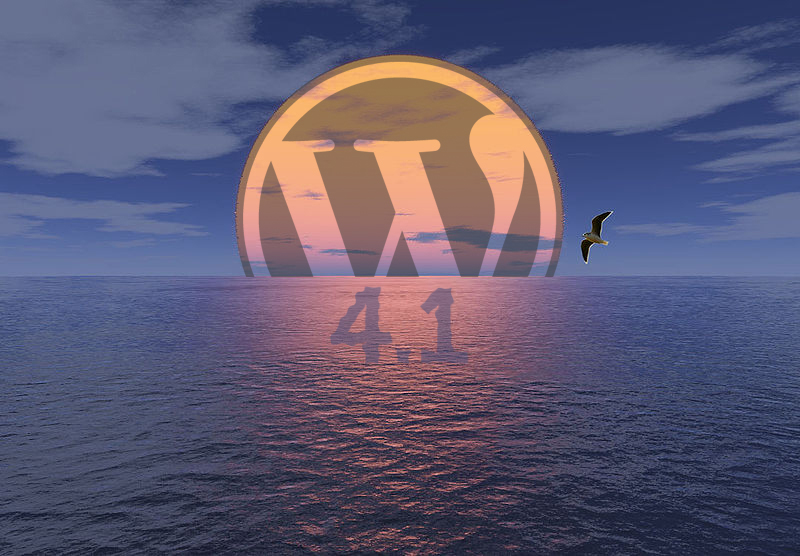
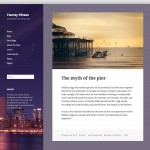
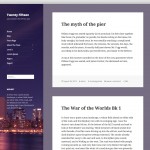
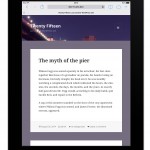


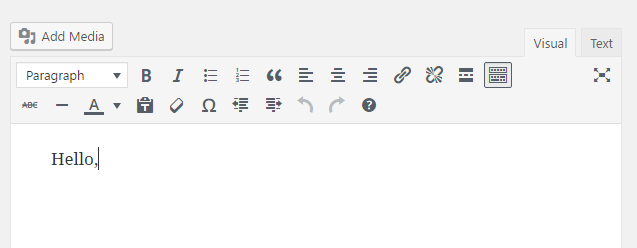
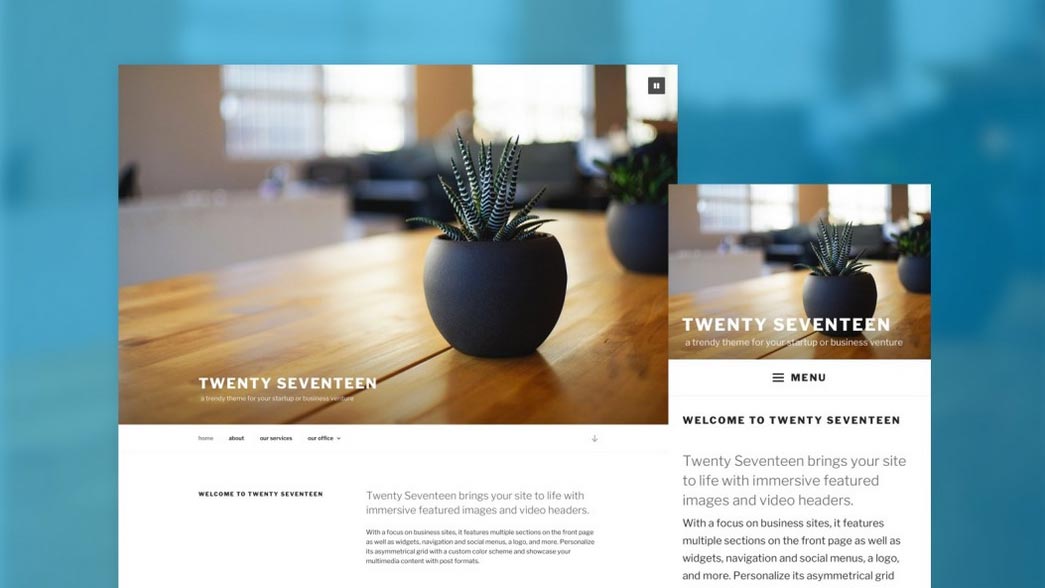
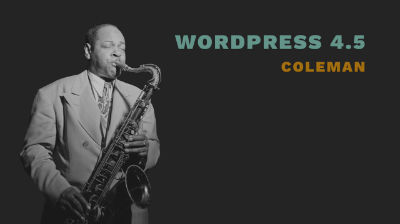
Leave A Comment
You must be logged in to post a comment.